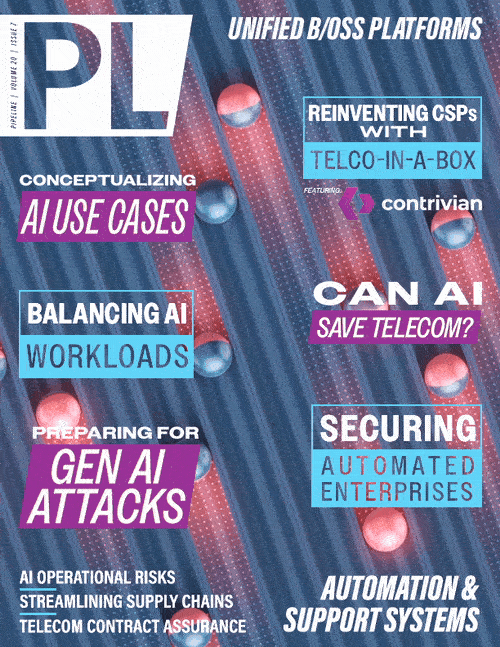Securing Today's Automated Enterprise
Data security posture and data protections are also essential to ensure that the data used by automation systems is not altered or exposed to malicious actors. Zero-trust of automation systems should include data protection such as encryption, backup for recovery in case of ransomware attacks, and data security posture such as malware detection on the files and folders.
Network segmentation is also a key part of zero-trust, especially in cases where the identity of systems can’t be determined. It’s advisable to isolate these systems in various network segments to provide segment specific access controls.
Finally, the ability to visualize all traffic flows, including data, analytics, anomaly detections, performance monitoring, threat hunting, and other observables is important to identify and isolate any threats.
Network Security Solution: SASE and Service Mesh
Networks are responsible for all the traffic between the systems that are connected. So, network level security plays an important role in safeguarding automation systems. SASE and service mesh technologies can help with securing the systems at the network level. Although other security components, such as Data Security Posture Management and Data Protections and Cloud security such as CNAPP are also important, this section only focuses on network security.
SASE and service mesh technologies are both ways to implement zero-trust security architecture at the network level. They can work together to protect automation systems from network security threats.
Zero-trust security needs a common set of features that SASE and service mesh have in common. Both authenticate the client users or services, obtain identity of the user initiating the traffic sessions, and apply identity aware access control to regulate the accesses. Both use modern authentication protocols and mechanisms such as OAUTH2, OIDC, and SAML-based authentication with MFA. They also authenticate services using client certificates, JWT, and API keys. Both provide granular access controls using various traffic parameters, including URLs, Paths, Query Parameters, Request Headers and many more. Both also integrate with posture management systems to ascertain the security posture of client and server services and use that information in access governance.
SASE and service mesh technologies can also accomplish threat detection and prevention using IDPS, malware detection using Anti-Malware technology, data loss prevention using DLP technology, and
data security of the traffic going to cloud and SaaS Services. SASE also prevents the sessions to known bad sites by continuously collecting threat intelligence of external services. SASE does
this by having NGFW (Next Generation Firewall), SWG (Secure Web Gateway), ZTNA (Zero-Trust Network Access), CASB (Cloud Access Security Broker), Anti-Malware, and DLP (Data Loss Prevention)
functions to effectively identify threats and protect resources. SASE also utilizes WAAP (Web Application and API protection) technology to stop any API based threats.
SASE also offers network segmentation to divide the networks and secure the boundaries to prevent lateral attacks from spreading.
Furthermore, both SASE and service mesh technologies offer complete management and observability with AI, ML, and GenAI capabilities that help in analyzing flows across systems, detecting any anomalies, creating comprehensive reports, and providing closed loop automation to generate policies to block further attacks.
Even though both of them offer zero-trust security, their deployments are different. SASE is usually provided as a cloud service, more suitable for protecting communicating services that use WAN. SASE solutions are increasingly being deployed on-prem to secure services that go across different networks within data centers. Service mesh technologies are used to secure services within a Kubernetes cluster. Service mesh attaches the sidecar proxies to each microservice and controls the security functions from a central location. Due to these differences, both SASE and service mesh technologies are needed to provide comprehensive network security. Since internal technologies are similar, SASE providers will eventually provide deployment of security as service mesh technology vendors do today.
Conclusion
Automation is transforming how enterprises operate, providing more effectiveness and better functionality. But they also introduce new security challenges, such as larger attack areas, horizontal attack movements, attack diversity and complexity, and advanced and persistent attacks. To handle these challenges, enterprises need a complete and adaptable zero-trust security solution that can offer visibility and awareness, control and enforcement, and intelligence and automation for the entire automated and interconnected environment. SASE and service mesh are two networking technologies that can help in achieving zero-trust security needed by automation systems. By using a combined solution, enterprises can reduce risk and cost, increase effectiveness and productivity, and enhance innovation and competitiveness.



















